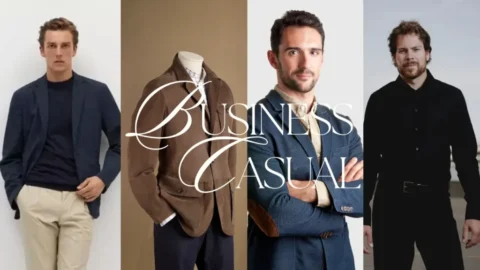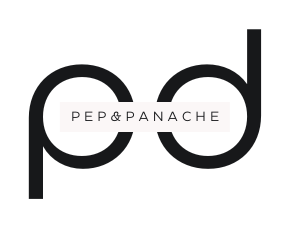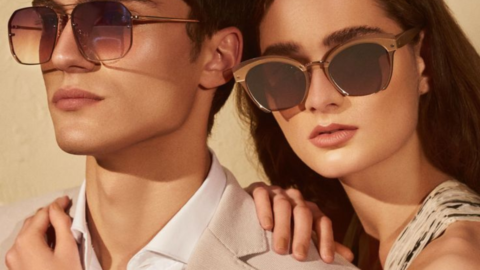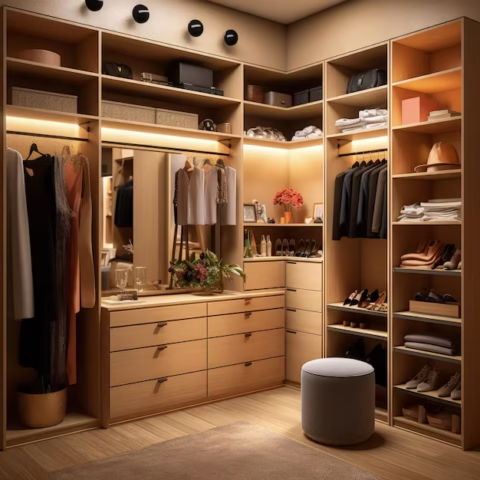intoduction
Business casual is more than just a dress code—it’s a style that blends professionalism with comfort, allowing men to feel both relaxed and polished at the same time. This attire typically includes tailored pieces such as chinos or dress trousers, paired with a collared shirt—either a button-down or a polo, depending on the occasion.
To achieve a polished look, consider adding a blazer or a lightweight sweater, which can elevate the outfit without making it overly formal. Footwear choices often include leather loafers or smart dress shoes. Accessories such as a belt or a subtle watch can further enhance the ensemble, ensuring a refined yet comfortable appearance.

blazer
A business casual blazer is a relaxed yet professional alternative to a traditional suit jacket. It offers comfort while maintaining a polished look.
1. Fabric: Opt for lightweight materials like cotton, linen, or wool blends. These fabrics ensure breathability and comfort without compromising structure.
2. Color: Neutral shades such as navy, gray, or beige are the most versatile. Subtle patterns like checks or stripes can add personality while maintaining professionalism.
3. Fit: A well-fitted blazer is essential. It should be slightly more relaxed than a formal suit jacket, with slim or regular fits being ideal choices.
4. Styling Tips: Pair your blazer with chinos, dress trousers, or even dark jeans for a balanced business casual look. A button-up shirt or polo shirt underneath completes the ensemble.

TROUSERS
Business casual trousers are a versatile wardrobe essential, suitable for various professional settings. They offer a polished yet comfortable alternative to formal dress pants.
Key Features of Business Casual Trousers
1. Fit: Trousers should be well-fitted but not too tight. Opt for slim fit, straight leg, or tailored cuts to achieve a sharp, professional look. Avoid excessively baggy or overly loose styles.
2. Fabric: Choose breathable materials like cotton, wool blends, or high-quality synthetics that provide comfort without appearing too formal. Chinos are a popular choice for a refined yet relaxed business casual look.
3. Color: Stick to neutral shades such as navy, gray, black, or beige. These versatile tones pair well with different shirts and blazers, making them ideal for a professional wardrobe.
4. Length: Trousers should break just at the top of your shoe, meaning they should sit at or slightly below the ankle for a modern, well-tailored appearance.
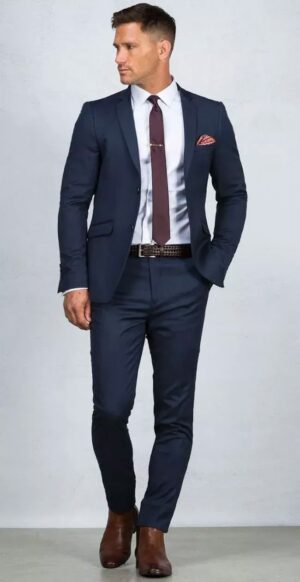
ties
A business casual tie is a less formal alternative to a traditional business tie, offering a polished yet relaxed look suitable for professional settings.
1. Fabric: Choose lighter fabrics such as cotton, linen, or knit instead of heavier silks, which are typically more formal.
2. Patterns: Optional for subtle designs like stripes, small dots, or textured weaves. Avoid overly bold or loud patterns to maintain a professional yet casual aesthetic.
3. Color: Stick to solid, muted colors such as navy, burgundy, or gray for versatility. In warmer climates or summer months, consider lighter shades for a more seasonal look.
4. Width: A slightly narrower tie enhances a business casual style. A width of around 2.5 to 3 inches is a great choice for a balanced, modern appearance.
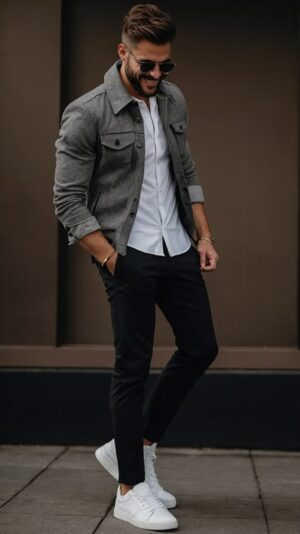
jacket
A business casual jacket strikes the perfect balance between formal and casual, offering a polished look without the rigidity of a full suit.
1. Sport Coat: A sport coat is a slightly less formal alternative to a blazer. It is often made from textured fabrics like tweed, houndstooth, or wool blends, adding depth and character to your outfit.
2. Fabric: Choose lightweight materials such as cotton, linen, or wool blends for year-round versatility. Lighter fabrics work especially well in warmer climates or during summer months.
3. Fit & Styling: A well-fitted sport coat or blazer can be paired with chinos, dress trousers, or dark jeans for a refined yet relaxed business casual look. Optional for neutral colors like navy, gray, or beige for maximum versatility.

WATCH
A business casual watch should strike a balance between sophistication and subtlety, complementing your outfit without being overly flashy.
1. Design
Minimalist Dial: Opt for a clean, simple watch with a basic dial and minimal features. A traditional analog display without complex chronographs or digital screens is ideal.
Case Shape: Round cases are the most versatile, but square or rectangular cases can add a unique, stylish touch depending on personal preference.
2. Band Material
Leather Straps: A leather band in classic colors like brown, black, or navy adds a refined, polished look suitable for business casual settings.
Metal Bracelets: Stainless steel or titanium bands can also work, but opt for brushed or matte finishes instead of high-shine metals for a more understated appearance.
3. General Tips
Choose a watch with a moderate case size—typically between 38mm and 42mm—for a balanced, elegant look.
Stick to neutral or muted colors to maintain versatility.
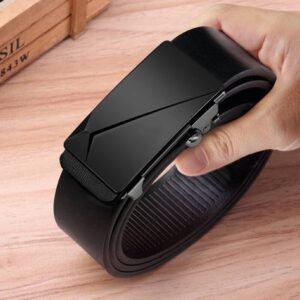
belt
A business casual belt is more than just a functional accessory—it enhances your overall look by adding a refined, professional touch to your attire. Designed with durability and elegance in mind, the right belt complements both formal and business casual outfits, ensuring a polished appearance.
Key Features
Materials: Choose premium leather, high-quality synthetic materials, or elegant fabric options for a balance of style and durability.
Design: Stick to a classic, minimalist design with smooth finishes to seamlessly blend with formal and business casual outfits.
Buckles: Opt for polished silver, gold, or matte finishes to match your personal style and wardrobe. Simple, understated buckles work best in business casual settings.
Versatility: Perfect for pairing with suits, dress pants, chinos, and other professional attire while maintaining a sleek and stylish appearance.
Sizing: Available in various sizes and adjustable options to ensure a comfortable and secure fit.
Style Tip:
For business casual looks, a leather belt in black, brown, or navy is a versatile choice. Match the belt color with your shoes for a well-coordinated outfit.
different between business casual and business formal

business casual
Business casual attire offers a blend of professionalism and comfort, making it suitable for relaxed office environments and semi-formal settings.
Clothing (Tops): A collared shirt (button-down or polo), a sweater, or a casual blazer.
Footwear: Loafers, brogues, or dress shoes are standard choices. Clean, minimalist sneakers may be acceptable in some workplaces.
Accessories: Simple belts, a wristwatch, and an optional tie for a polished touch.
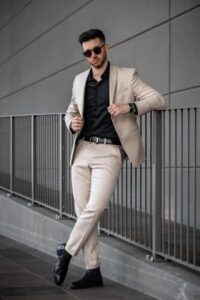
business formal
Business formal attire is required for professional settings such as corporate offices, formal meetings, and high-stakes job interviews.
Clothing (Tops): A dress shirt (typically white or light-colored) paired with a tie.
Footwear: Only formal leather shoes, such as Oxfords or brogues in black or dark brown. Sneakers or casual footwear are not acceptable.
Accessories: A tie (mandatory), a belt that matches the shoes, cufflinks (optional), and a formal wristwatch.
business casual man 's for a job interview
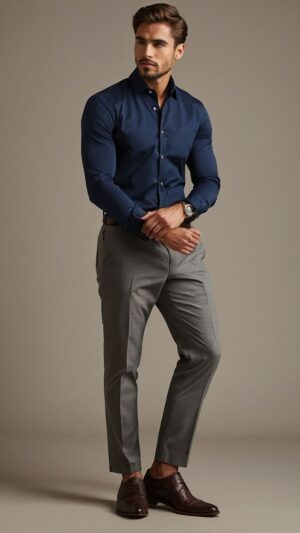
Dressing for a job interview in a business casual setting requires a polished yet relaxed look. Here’s how to achieve the perfect balance:
Shirt: Opt for a well-fitted button-down shirt in neutral or muted colors such as navy, white, or light blue. Avoid overly bold prints or flashy designs.
Pants: Choose tailored dress pants or chinos in classic shades like gray, navy, or khaki.
Shoes: Stick to loafers, brogues, or dress shoes—clean and well-maintained footwear is essential.
Accessories: A simple belt, a classic wristwatch, and a tie (optional) can add a refined touch.
Overall Look: Your outfit should be well-pressed, neat, and comfortable, allowing you to appear professional and confident.
seasonal business casual man tips
SPRING/SUMMER
1. Choose Lightweight Fabrics – Opt for breathable materials like cotton, linen, or lightweight wool to stay cool and comfortable in warm weather.
2. Wear Short-Sleeve Button-Ups – A well-fitted short-sleeve button-down shirt is a great option for more relaxed business casual settings.
3. Layer Smartly – Instead of heavy jackets, go for lightweight cardigans or casual blazers made from cotton or linen for an extra layer without overheating.
fall/winter
1. Switch to Warmer Fabrics – Incorporate wool, tweed, or flannel in your shirts, trousers, and blazers for added warmth and structure.
2. Layer with Style – Use sweaters, vests, or heavier blazers over your dress shirts for a polished yet cozy look.
3. Choose Weather-Appropriate Footwear – Leather boots or brogues work well in colder months, offering both style and protection against the elements.

